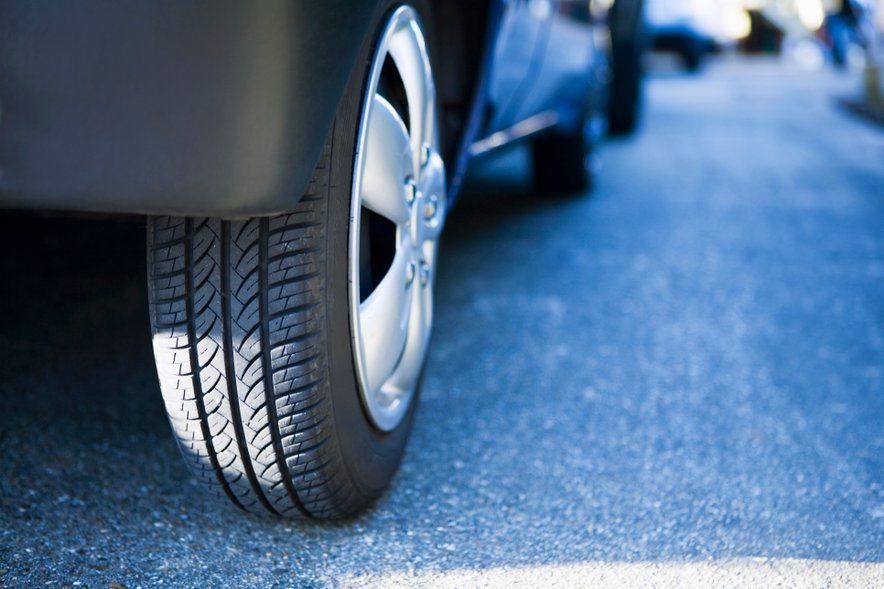What is Tire Repair?
Tire repair refers to the process of replacing a faulty tire with a new one or simply repairing a tiny puncture. While it sounds like a job anyone with two hands can handle, it’s recommended to go to a shop that specializes in repairing tires to ensure that you get your problem solved completely.
Why You May Need Your Tire Repaired?
Years ago, car owners frequently dealt with the superfluous hassle of repairing their tires due to the quality. Thanks to the manufacturers and present day technology, tires are meant to withstand even the worst conditions on the road. While this holds much truth, it is not uncommon for people to find themselves needing to have their tire(s) repaired due to weather or other hazards on the road.
How Much Will A Tire Repair Run You?
While a tire repair won’t cost you an arm and a leg, it will cost you a bit of your time. If you’re looking into having a puncture repaired on a tire, you’re looking at spending on average between $10 to $20 dollars. The size of the puncture makes a huge difference and will determine the amount you will spend on getting your tire repaired.
Important Facts You Should Know About Tires
What Process is Used When Repairing a Tire?
A tire plug is exactly what it sounds like; a sticky expandable plug that is inserted into the puncture in hopes of keeping the injury secure long enough for the tire to re-inflate with air. A patch is also pretty self-explanatory when it comes to description. Better known as a radial patch, this piece of material is used to seal up the damaged tire. Due to the heat caused by driving, the patch eventually melts into the tire completely erasing all notices of repair.
A patch is also pretty self-explanatory when it comes to description. Better known as a radial patch, this piece of material is used to seal up the damaged tire. Due to the heat caused by driving, the patch eventually melts into the tire completely erasing all notices of repair.
Most vehicles are equipped with a spare tire if you happen to be running on a flat. In some cases, you might have to go to your local car shop to purchase a tire depending on the circumstances.
The Difference Between a Plug and a Patch
While the plug takes less time and can be down without removing the entire tire in comparison to the plug, it’s more likely for a car owner to come back in a shorter amount of time for yet another repair after getting a plug opposed to a patch.
Sources:
http://www.tirereview.com/back-to-basics-1-basic-tire-repair/
https://www.carsdirect.com/car-repair/average-tire-puncture-repair-cost
http://txtire.com/blog/view/fixing-flat-tires-tire-plug-vs-radial-patch
Your Name (required)
Your Email (required)
Phone (required)
What is the best way to reach?
Phone
Email
Tire patching is a method to restore the original appearance of the wheel part. People use the patch method because their car does not have too big a problem, and they just need to perform small tips to save the budget.
People use the patch method because their car does not have too big a problem, and they just need to perform small tips to save the budget.
However, not everyone is good at this, and the best solution for them is to seek the help of repair shops. So, how much does it cost to get a tire patched?
This task will cost you between $5-$20, depending on the severity of the tear. Of course, some shops will give you free if you buy their replacement tires!
Why Do Tires Go Flat?The process of moving is subject to many external forces, causing the tires to deflate. The cause comes from many sides, but it is not a coincidence.
There are three ways to explain this phenomenon:
When it meets the right, less durable sides, it will puncture the tire, and the gas leak occurs the next day.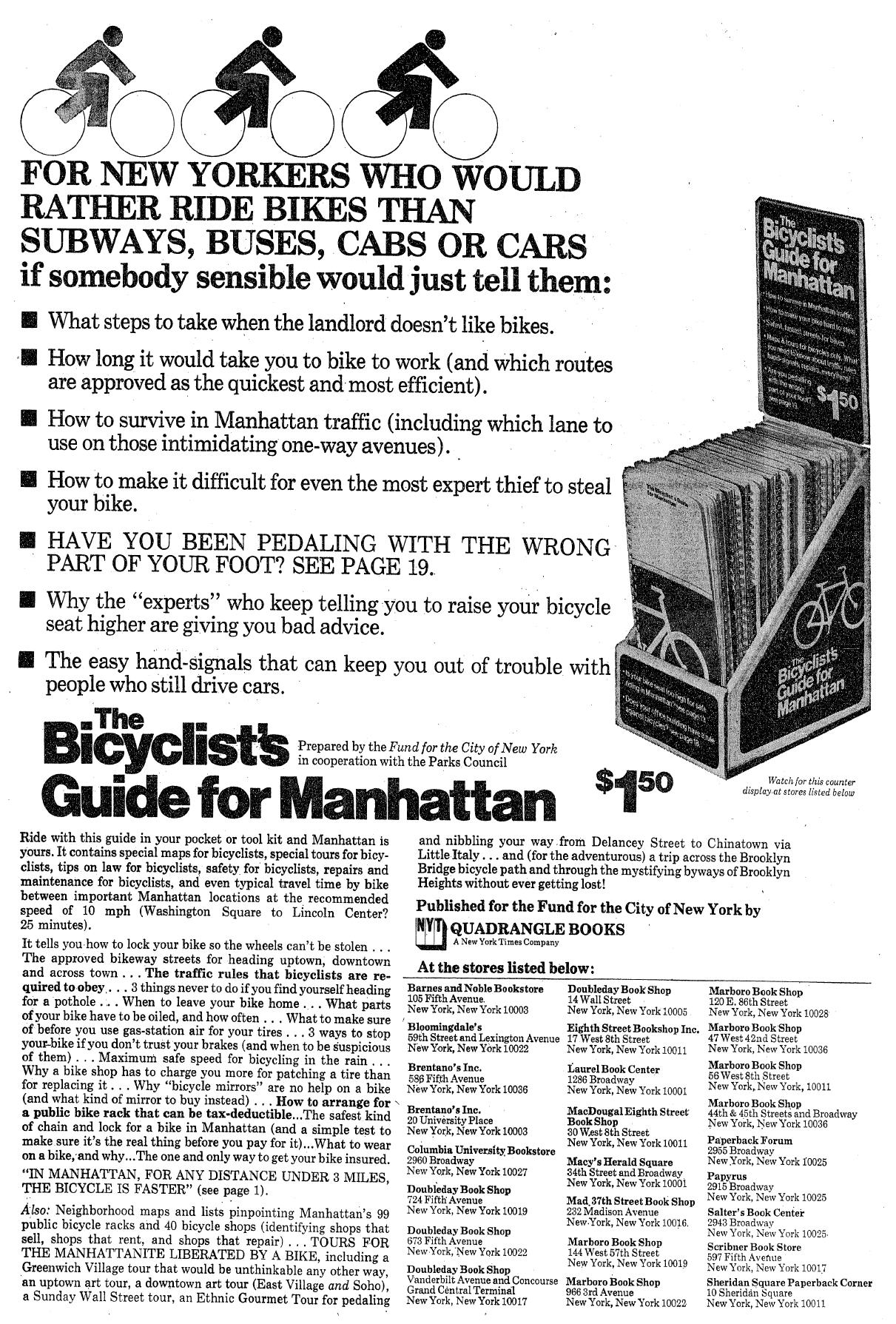 However, the process will take a long time, depending on how severe the object has been.
However, the process will take a long time, depending on how severe the object has been.
Can we take this as another way of stating protection? It’s not too difficult to do; even with just being meticulous, you have adequately protected your tires. Here are three measures to refer to:
Checking dailyRegularly taking your tires in for maintenance is the best way to protect your car.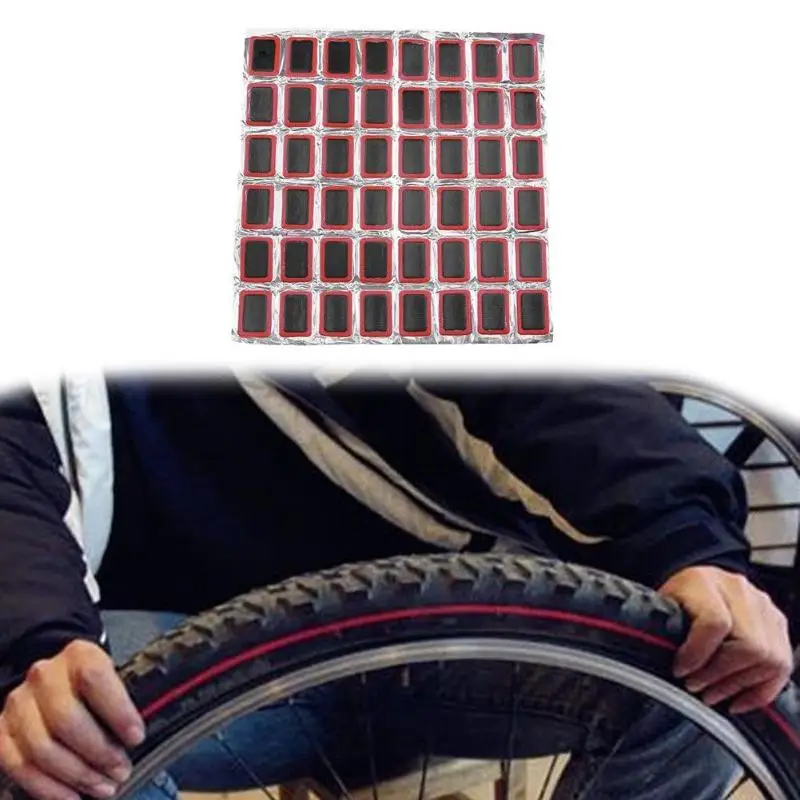 Here, the tires and the whole as a whole will be to detect potentially harmful problems and then provide solutions to protect and eliminate the risk. As for the tire, it will be to look for wounds, thereby limiting deflation.
Here, the tires and the whole as a whole will be to detect potentially harmful problems and then provide solutions to protect and eliminate the risk. As for the tire, it will be to look for wounds, thereby limiting deflation.
Although it is difficult to guarantee that it is 100% avoidable, try to keep the collision rate as low as possible.
When entering a road with signs under construction or places full of potholes, you should adjust your driving speed, carefully look at the road, and make sure the tires do not encounter dangerous objects.
Track tire recallsAlthough the manufacturing process of the auto industry is always rigorous, there are also shipments with incorrect specifications that cause dangers when used. You should follow the brand to know more about recalls, if any.
Is Tire Stickers Possible?It’s up to you whether you want to use a gluing service. Don’t confuse gluing with car patching.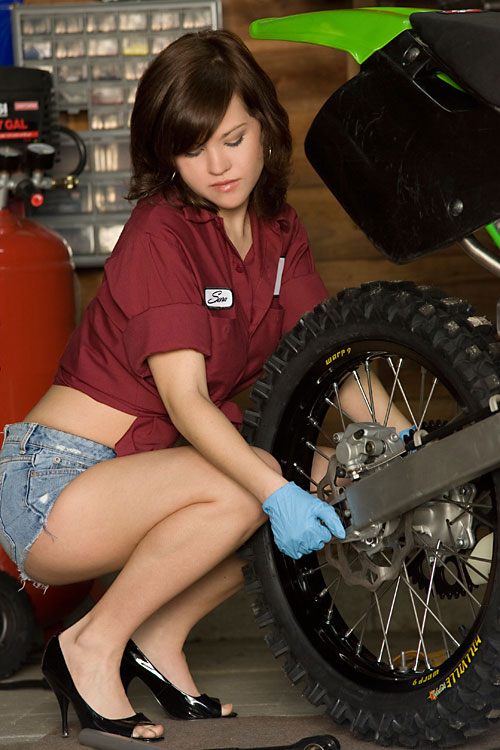 The meaning of the word “patch” is clearly as a measure to repair wounds and holes that make the car unable to operate. As for gluing tires, paste the letters on the wheel body to increase aesthetics.
The meaning of the word “patch” is clearly as a measure to repair wounds and holes that make the car unable to operate. As for gluing tires, paste the letters on the wheel body to increase aesthetics.
It does not have any effect in protecting the wheel body. Although manufacturers do mention the longevity feature of long-lasting tires, it’s important to remember that there’s too much to decide whether the wheel or running tire itself will last a long time.
How Much Does It Cost To Get A Tire Patched?The cost depends on the selected maintenance center; the amount of this service is not uniform. But the number is not too expensive, ranging from $30-40$ for a patch.
A mechanic takes 15 minutes to remove the tire from the rim to find the leak and 20-30 minutes for the repair and finishing work.
Although the job is not too difficult, it requires a high level of skill, so for some shops, the price to fix the car can be higher than $5-10$. You can also buy the equipment and repair it yourself. But honestly, we don’t recommend this.
But honestly, we don’t recommend this.
In case you cannot repair the patch, then bring it to the center for support. There, they will have specialized tools and professional ways to ensure safety after patching. Mastering knowledge and experience is always good in all situations, primarily related to security.
Tire Maintenance TipsTire pressureWheels always need to be in a stable gas state, and it helps maintain the movement and increase the ability to support the force. The gas pressure should not be too high or vice versa.
When the air in the wheel is too low, the speed of travel slows down, and the tires cannot overcome obstacles, especially rough roads.
But if it’s too tight, it will explode because it can’t handle operation pressures well. The primary advice is to use a dedicated gas pressure gauge to catch and control the gas in the wheel well.
Periodically try to rotate the tire to prolong its life and evenly distribute the wear on all four wheels. Regardless of whether you do it yourself or with professional help, this is an excellent opportunity to grasp the damage situation that the vehicle is facing.
Do not overloadThere are indicators recommended to users in each one, including the load that the tire can withstand and the notes not to do.
To ensure safety, you should carefully read the notes and avoid carrying too many unnecessary items to put pressure on the body and the wheels.
Tire balanceExperts recommend that users balance the tires after traveling 12,000 miles or when the car has problems with the steering wheel.
The balance helps evenly distribute the force on all four tires, limiting rapid wear. It also eliminates vibration, creating a comfortable feeling for the user.
For more tips, watch this video:
ConclusionAbove is the knowledge related to the tire patching process or wheel maintenance. We hope that this knowledge can be helpful to you when you encounter similar situations. Do not hesitate to share the information with your family and friends because they may also need it.
Is the article PERFECT for your needs? Do you have other useful knowledge? Please share with us via the comments below. We are happy to share with you!
Thank you for reading!
This post was last updated onPrice list for tire services for passenger cars
| Cost of standard service packages (for 4 wheels) | |||||||||||
| No. | description | 13 | 14" | 15” | 16” | 17” | 18” | 19” | 20” | 21” | 22” |
| 1. | Price per set (profile 55 and above) |
950 |
1100 |
1300 |
1500 |
1700 |
1900 |
2100 |
2000 |
2700 |
2900 |
| 2. | Coefficient for low profile tires profile 50 and below/SUV/commercial vehicles | + 20 | |||||||||
| Prices for tire fitting services (for 1 wheel) | |||||||||||
| No. | Name of work | 13 | 14” | 15” | 16” | 17” | 18” | 19” | 20” | 21” | 22” |
| 1. | Removing and installing wheel | 60 | 80 | 90 | 120 | 150 | 160 | 160 | 170 | 190 | 200 |
| 2. | Removing the tire from disc | 60 | 80 | 90 | 100 | 100 | 140 | 140 | 170 | 180 | 180 |
| 3. | Mounting tire on rim | 60 | 80 | 90 | 100 | 100 | 140 | 140 | 170 | 180 | 180 |
| 4. | Balancing | 100 | 100 | 100 | 120 | 150 | 160 | 160 | 190 | 200 | 240 |
| Total: | 280 | 340 | 370 | 440 | 500 | 600 | 600 | 700 | 750 | 800 | |
| Additional services: |
|
|
| ||||||||
| 1. | Installation of weights kit (self-adhesive + stuffed) | 50 | 50 | 60 | 60 | 70 | 70 | 80 | 80 | 100 | 100 |
| 2. | Valve installation | 40/80 | 40/80 | 40/80 | 40/80 | 40/80 | 40/80 | 40/80 | 40/80 | 40/80 | 40/80 |
| 3. | Installing a customer valve | 20 | 20 | 20 | 20 | 20 | 20 | 20 | 20 | 20 | 20 |
| 4. | Checking, pumping pressure | 20 | 20 | 20 | 20 | 20 | 20 | 20 | 20 | 20 | 20 |
| 5. | Packing the wheel in a bag | 30 | 30 | 30 | 30 | 30 | 30 | 30 | 30 | 30 | 30 |
| 6. | Replacement of one spool | 20 | 20 | 20 | 20 | 20 | 20 | 20 | 20 | 20 | 20 |
| 7. | Plastic cap (1 pc.) | 20 | 20 | 20 | 20 | 20 | 20 | 20 | 20 | 20 | 20 |
| 8. | Camera installation | 50 | 50 | - | - | - | - | - | - | - | - |
| 9. | Camera repair | 100 | 100 | 100 | 100 | 100 | 100 | 100 | - | - | - |
| 10 | Sealing one side of the wheel with bead seal | 100 | 100 | 100 | 100 | 110 | 110 | 150 | 150 | 170 | 180 |
| 11 | Temporary |
100/ |
100/ |
100/ |
100/ |
100/ |
100/ |
100/ |
100/ |
100/50 |
100/50 |
| 12 | Tire repair | 150 | 150 | 150 | 150 | 150 | 150 | 150 | 200 | 200 | 200 |
Vulcanization:
|
| Consumables | Price |
| 1. | 112 patch | 500 |
| 2. | 114 patch | 600 |
| 3. | 115 patch | 700 |
WARNING! WHEN REPAIRING TIRES, THE COST OF TIRE WORKS IS CONSIDERED SEPARATELY
| Price | |
| Fitting/removing the load wheel | 350 |
| Installing/removing the tractor wheel | 1200 |
| Mounting / dismantling of the Ural wheel, all-terrain vehicle (Kamaz, KrAZ) | 1200 |
| Removing/installing wheel | 350 |
| Removing/installing double ramp | 500 |
| Spare wheel removal/installation | 350 |
Repair of through damage to the chamber up to 5mm. | 150 |
| Repair of through-hole damage of the camera from 5mm. up to 10mm. | 200 |
| Repair of through damage to the chamber more than 10 mm. | 300 |
| Replacement of truck and agricultural valves. cameras | 750 |
| Troubleshooting truck and tractor tires | 500 |
| Oversized tire troubleshooting | 4000 |
| Bead treatment with sealant | 500 |
| Cosmetic tire repair | 1500 |
| Truck tire repair | from 3000 |
Price list for the repair of oversized tires
KGS- R
Through cuts
side
| size L / H | 23. | 26.5R25 | 29.5R25 | R33 | R35 | R39 |
| to 130/28 | 10 600 | 13800 | 16,000 | 19 200 | 20 500 | 24700 |
| to 165/50 | 12600 | 16 200 | 18800 | 22 400 | 25,000 | 26600 |
| to 200/75 | 16,000 | 19 200 | 23400 | 25600 | 29 800 | 33,000 |
| to 230/95 | 19400 | 23 200 | 25,000 | 30 800 | 36600 | 37400 |
Damage vulcanization: up to 130/28 - 2000; up to 165/50 - 3,000; up to 200/75 - 4,200; up to 230/95 - 5400.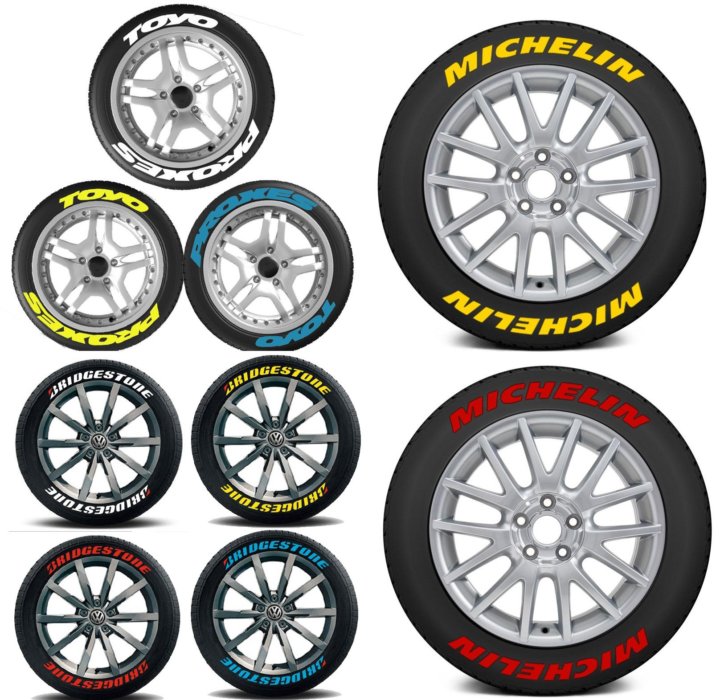
arms
| to 215/120 | 19 200 | 25600 | 32,000 | 36400 | 42 800 | 48 200 |
Damage vulcanization - 3000
running
| to 30 | 11 200 | 14300 | 14 400 | 16500 | 18700 | 22800 |
| to 50 | 13 100 | 15600 | 17 100 | 20 600 | 25 100 | 26600 |
| to 70 | 15,000 | 18 200 | 22400 | 25600 | 35 800 | 32,000 |
| to 90 | 17900 | 23400 | 25 900 | 28400 | 35 900 | 37400 |
Damage vulcanization: up to 30 - 3 200; up to 50 - 4,600; up to 70 - 5,000; up to 90 – 6400.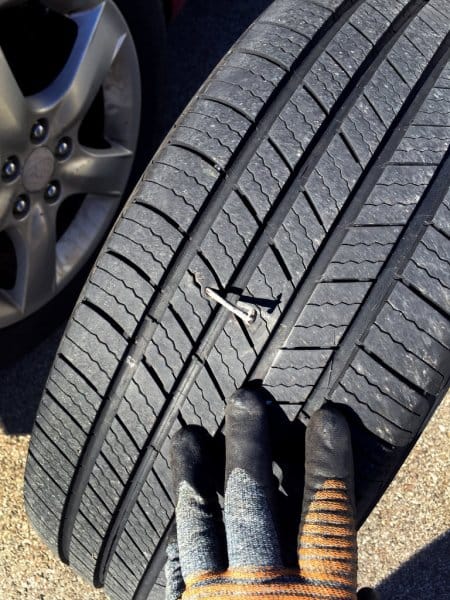
KGS- D
plies 18 to 28
| size | 25 ___________ R 25/29 R 33 R 35 R 39 18-23.5 26.5 29.5 | |||||
| to 70 | 8800 | 10 200 | 11600 | 13,000 | 14400 | 15 800 |
| to 90 | 10 700 | 12600 | 14500 | 16400 | 18300 | 22 200 |
| to 110 | 13 100 | 15600 | 19 100 | 19600 | 22 100 | 25600 |
| to 130 | 16400 | 20 800 | 25 200 | 27 400 | 32800 | 40 200 |
Damage vulcanization: up to 70 - 2000; up to 90 - 3,000; up to 110 - 4,200; up to 130 – 5400.
plies 32 to 42
| to 70 |
| 15,000 | 19,000 | 22,000 | 25,000 | 30,000 |
| to 120 | 19400 | 25 200 | 27 000 | 31 800 | 50 600 | |
| to 170 | 25 700 | 30 600 | 34500 | 38400 | 60 300 | |
| to 220 | 30,000 | 36,000 | 41,000 | 48,000 | 70,000 |
Damage vulcanization: up to 70 – 3200; up to 120 - 4 600; up to 170 - 6,000; up to 220 - 7 400.